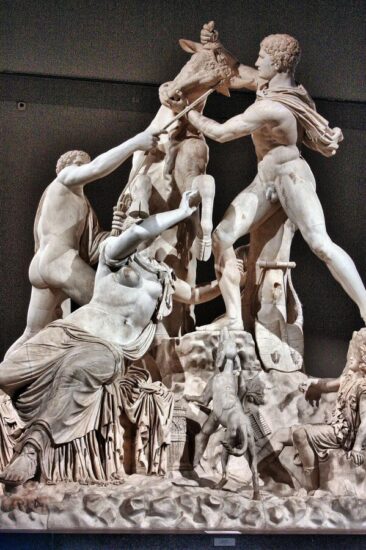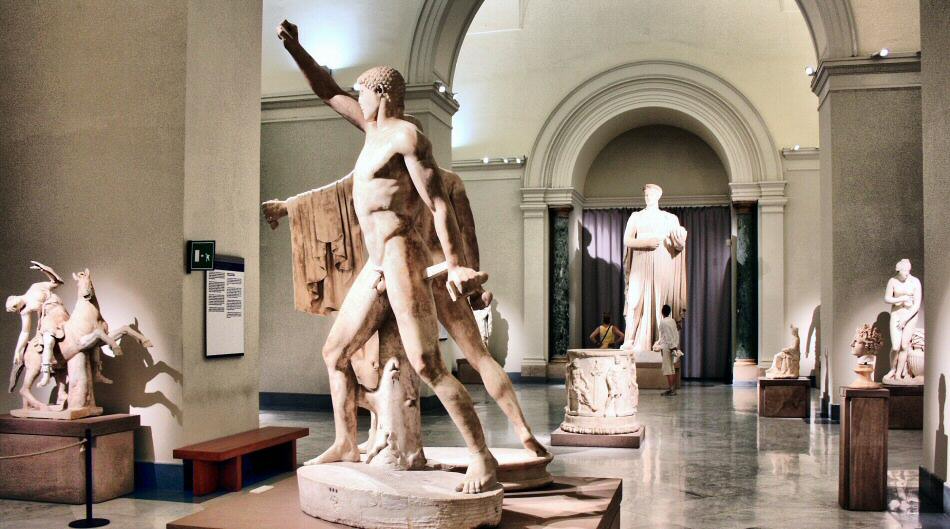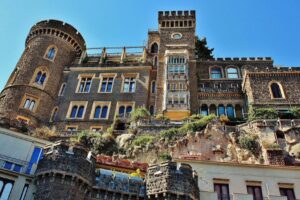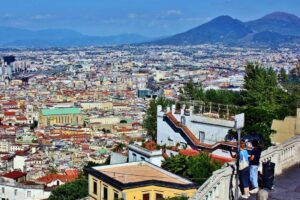Your essential visit of the Archaeological Museum en Nápoles I'm sure it will focus on the spectacular frescoes and objects from Pompeii and the other archaeological remains of cities from the Roman era.
But I tell you that you will also have the opportunity to enjoy the spectacular sculptures from the Farnesio Collection.
This is a splendid example of collecting from the era of the Renacimiento, with a wide sample of monumental sculptures from the classical era, from Roma y Greece.
Therefore, when you visit the archeological Museum you are going to find an incredible collection of classical sculptures which I honestly don't think you can find with such quantity and quality in any other museum in the world.
History of the Farnese collection
Started by Alexander Farnese, who in the mid-16th century was the Pope Paul III, this famous collection is the result of the purchase, confiscation and donation of various collections of sculptures from the Classical rome, which were taken to Farnese palace Rome.
During the 18th century, the large number of works of the Farnese Collection became the property of Charles of Bourbon, son of the Spanish king Philip V and his second wife Elizabeth of Farnese.
After being appointed king of naples in 1734 with the title of Charles VII, it was then that he began to move the collection to what would become the new museum of naples, yes, with the opposition of the Papacy.

Farnese Bull and Hercules
On your visit to the imposing Farnese Collection in the Naples Archaeological MuseumWithout a doubt, there are two works that will impress you the most, both coming from the Termas de Caracalla de Roma.
On the one hand, the sculptural group known as the Farnese Bull.
This is the iconic work of the Farnese Collection and I tell you that the photo that illustrates this note does not reflect its true monumentality, which you will only appreciate during your visit to the museum.
There are references that this imposing sculptural group whose central focus is a bull was made in the 2nd century BC and was recovered in the 16th century in the excavations of the aforementioned Roman baths.
Sculpted in a single piece of marble, it is considered the largest sculpture among those from the Antiquity.

The other work that will catch your attention the most is the Hercules Farnese.
As a curiosity, it is a Roman copy of an original sculpture by Greece.
This great Roman Hercules, 3,2 meters high, was also sculpted in marble in the XNUMXrd century.
Recovered in 1546 in said excavations of the Termas de Caracalla, had to be completely restored and, subsequently, various copies of it have been made.
In short, Farnese collection It is the other spectacular Tsar of the Neapolitan museum, to which you will surely go with the desire to see the archaeological remains of Pompeii that this institution houses.

















Comment